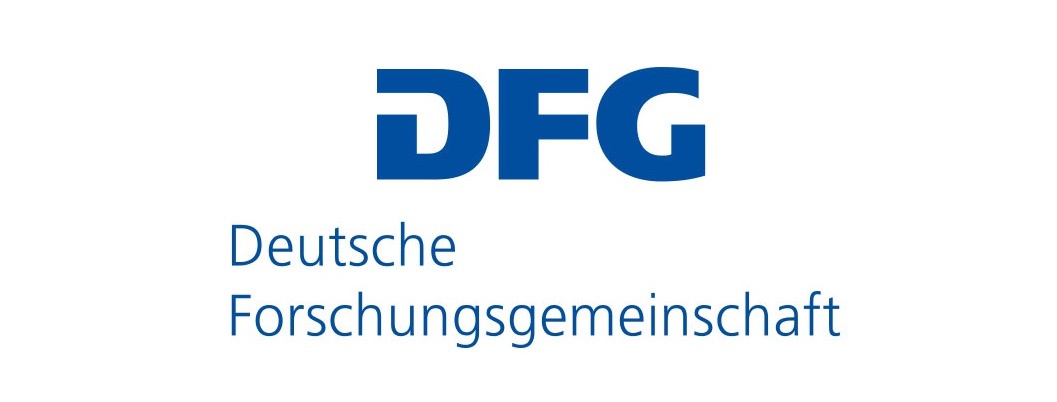
DFG approves and funds new research project in biomedical engineering
27 July 2021
The German Research Foundation (DFG) has approved Prof. Popp's project proposal entitled "Multi-scale algorithms and simulation methods for patient-specific optimization of endovascular interventions in cerebral aneurysms". We are looking forward to a new exciting research project at IMCS with an initial duration of three years and especially to the collaboration with our cooperation partners: TUM (Numerical Mathematics, Prof. Wohlmuth) and TUM Clinical Center (Neuroradiology, Prof. Kirschke / Prof. Zimmer)!
The project is part of the new DFG Priority Program SPP 2311 "Robustly coupling continuum-biomechanical in silico models to obtain active biological system models for later use in clinical applications - Co-design of modeling, numerics and usability", which is coordinated by the University of Stuttgart (Prof. Röhrle). The aim of the SPP 2311 is to further develop the existing methodological foundations as key skills and thus enable the generation of robust biomechanical models for use in clinical practice.
The research project at IMCS will focus on modeling, simulation and risk prediction of cerebral aneurysms. These are a major risk factor for intracranial bleeding with devastating consequences for the patient. In recent years, different minimally invasive treatment strategies have emerged in clinical management of cerebral aneurysms, and the specifications of the deployed device (e.g., volume packing density and wire radius for so-called coiling procedures) greatly impact the embolization process and long-term treatment outcome, yet the selection of a particular device highly depends on the personal experience of the attending neuroradiologist. This is exactly where the proposed research project with its combined expertise in numerical modeling, simulation technology and clinical application comes in: by means of multi-scale modeling and patient-specific simulation, the interplay between patient-specific data, device parameters and the thrombus formation process can be assessed and predicted with high accuracy.






